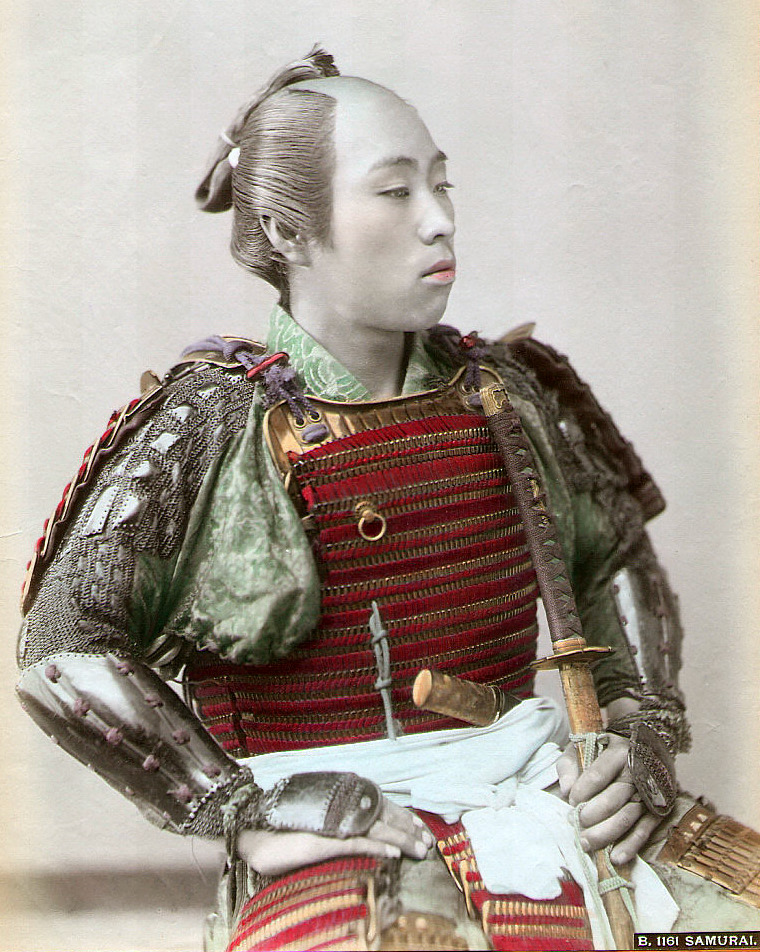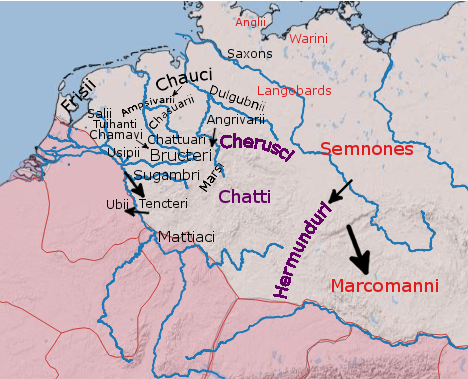|
Topknot
Topknot may refer to: * A hairstyle or haircut, historically prevalent in Asia: ** Chonmage, a traditional Japanese haircut worn by men ** Sangtu, a knot of hair that married men of the Joseon Dynasty wore in Korea ** Touji (頭髻), a traditional Chinese hairstyle which involves tying all hair into a bun, worn from earliest times up to the end of the Ming Dynasty and still worn by Taoist priests and practitioners **Sikha, worn by orthodox Hindus priest, who involves in ritual practices in temples. **Khokhol, oseledets traditional Ukrainian haircut **The Suebian knot, is a historical male hairstyle ascribed to the tribe of the Germanic Suebi **Tikitiki, a top-knot worn by high-ranking Māori men ** Sidelock of youth worn by pharaonic children in Middle-Kingdom Egypt, indicating association with the child Horus **Man bun, a modern Western style of topknot influenced by the Asian style, a trend beginning in the 2010s * Several species of fishes: ** The New Zealand topknot, ''Notoclinu ... [...More Info...] [...Related Items...] OR: [Wikipedia] [Google] [Baidu] |
Zeugopterus
''Zeugopterus'' is a genus of turbots native to the north Atlantic Ocean. The two species reach a maximum length of . Species There are currently two recognized species in this genus: * ''Zeugopterus punctatus'' (Bloch, 1787) (Topknot) * ''Zeugopterus regius'' (Bonnaterre Abbé Pierre Joseph Bonnaterre (1752, Aveyron – 20 September 1804, Saint-Geniez-d'Olt) was a French zoologist who contributed sections on cetaceans, mammals, birds, reptiles, amphibians Amphibians are four-limbed and ectothermic ..., 1788) (Eckström's topknot) References Scophthalmidae Marine fish genera Taxa named by Carl Moritz Gottsche {{Pleuronectiformes-stub ... [...More Info...] [...Related Items...] OR: [Wikipedia] [Google] [Baidu] |
Hanfu
''Hanfu'' () is the traditional styles of clothing worn by the Han Chinese. There are several representative styles of ''hanfu'', such as the (an upper-body garment with a long outer skirt), the (an upper-body garment with a long underskirt), the and the , and the (an upper-body garment with Ku (trousers), ku trousers). Traditionally, ''hanfu'' consists of a Paofu, ''paofu'' robe, or a Ru (upper garment), ''ru'' jacket worn as the upper garment with a Qun, ''qun'' skirt commonly worn as the lower garment. In addition to clothing, hanfu also includes several forms of accessories, such as List of Hanfu headwear, headwear, Hanfu footwear, footwear, Hanfu accessories#Waist Ornaments, belts, Hanfu accessories#Jewellery, jewellery, and Hand fan, handheld fans. Nowadays, the hanfu is gaining recognition as the traditional clothing of the Han ethnic group, and has experienced a growing fashion revival among young Han Chinese people in China and in the overseas Chinese diaspora. ... [...More Info...] [...Related Items...] OR: [Wikipedia] [Google] [Baidu] |
Chonmage
The is a type of traditional Japanese topknot haircut worn by men. It is most commonly associated with the Edo period (1603–1867) and samurai, and in recent times with sumo wrestlers. It was originally a method of using hair to hold a samurai kabuto helmet steady atop the head in battle, and became a status symbol among Japanese society. In a traditional Edo-period , the top of the head is shaved. The remaining hair was oiled and waxed before being tied into a small tail folded onto the top of the head in the characteristic topknot. History The origins of the can be traced back to the Heian period. During this period, aristocrats wore special cap like crowns as part of their official clothing. To secure the crown in place, the hair would be tied near the back of the head. Between the 1580s (towards the end of the Warring States period, 1467–1615) and the 1630s (the beginning of the Edo period, 1603–1867), Japanese cultural attitudes to men's hair shifted; where a fu ... [...More Info...] [...Related Items...] OR: [Wikipedia] [Google] [Baidu] |
Joseon Dynasty
Joseon (; ; Middle Korean: 됴ᇢ〯션〮 Dyǒw syéon or 됴ᇢ〯션〯 Dyǒw syěon), officially the Great Joseon (; ), was the last dynastic kingdom of Korea, lasting just over 500 years. It was founded by Yi Seong-gye in July 1392 and replaced by the Korean Empire in October 1897. The kingdom was founded following the aftermath of the overthrow of Goryeo in what is today the city of Kaesong. Early on, Korea was retitled and the capital was relocated to modern-day Seoul. The kingdom's northernmost borders were expanded to the natural boundaries at the rivers of Amrok and Tuman through the subjugation of the Jurchens. During its 500-year duration, Joseon encouraged the entrenchment of Confucian ideals and doctrines in Korean society. Neo-Confucianism was installed as the new state's ideology. Buddhism was accordingly discouraged, and occasionally the practitioners faced persecutions. Joseon consolidated its effective rule over the territory of current Korea and saw ... [...More Info...] [...Related Items...] OR: [Wikipedia] [Google] [Baidu] |
Ming Dynasty
The Ming dynasty (), officially the Great Ming, was an Dynasties in Chinese history, imperial dynasty of China, ruling from 1368 to 1644 following the collapse of the Mongol Empire, Mongol-led Yuan dynasty. The Ming dynasty was the last orthodox dynasty of China ruled by the Han Chinese, Han people, the majority ethnic group in China. Although the primary capital of Beijing fell in 1644 to a rebellion led by Li Zicheng (who established the short-lived Shun dynasty), numerous rump state, rump regimes ruled by remnants of the House of Zhu, Ming imperial family—collectively called the Southern Ming—survived until 1662. The Ming dynasty's founder, the Hongwu Emperor (r. 1368–1398), attempted to create a society of self-sufficient rural communities ordered in a rigid, immobile system that would guarantee and support a permanent class of soldiers for his dynasty: the empire's standing army exceeded one million troops and the naval history of China, navy's dockyards in Nanjin ... [...More Info...] [...Related Items...] OR: [Wikipedia] [Google] [Baidu] |
Taoist Priest
A daoshi (道士 "master of the Tao"), translated as Taoist priest, Taoist monk, Taoist master or Professional Taoist, is a priest in Taoism. Along with Han Chinese priests, there are also many practicing ethnic minority priests in China. Some orders are monastic (Quanzhen orders), while the majority are not (Zhengyi orders). Some of the monastic orders are hermitic, and their members practice seclusion and ascetic lifestyles in the mountains, with the aim of becoming '' xian'', or immortal beings. Non-monastic priests live among the populace and manage and serve their own temples or popular temples. The activities of the Taoists tend to be informed by materials which may be found in the '' Daozang'', or Daoist Canon; however, Taoists generally choose, or inherit, specific texts which have been passed down for generations from teacher to student, rather than consulting published versions of these works. Orders Taoist orders are conventionally categorised into two main branche ... [...More Info...] [...Related Items...] OR: [Wikipedia] [Google] [Baidu] |
Sikha
The ''sikha'' or ''shikha'' ( sa, शिखा; IAST: śikhā; "crest"; Hindi चोटी (choTi)) means flame, powerful, ray of light, peak of a mountain. It is a name of Hindu / Indian origin, and is commonly used for females. It also means long tuft, or lock of hair, left on top or on the back of the shaven head of a male Hindu. Though traditionally all Hindus were required to wear a śikhā, today it is seen mainly among Brahmins and temple priests. In West Bengal it is called Tiki. Hinduism The śikhā reportedly signifies one-pointed (''ekanta'') focus on a spiritual goal, and devotion to God. It is also an indication of cleanliness, as well as personal sacrifice to God. According to Smriti Shastras, it is mandatory for all Hindus to keep śikhā and the first three twice-born or dvija castes (brahmins, kshatriyas and vaishyas) to wear yajnopavita ( sacred thread), also called janeus, punool, or paita. It has been said that the śikhā allows God to pull one to heaven, or ... [...More Info...] [...Related Items...] OR: [Wikipedia] [Google] [Baidu] |
Khokhol
Oseledets ( uk, оселедець, p=ɔsɛˈl ɛdɛt͡sʲ, IPA: �sɛ'lɛdɛt͡sʲ, hohol in Russian or chub ( uk, чуб, translit=chub, p=t͡ɕup, IPA: ͡ɕup is a traditional Ukrainian style of haircut that features a long lock of hair left on the otherwise completely shaved head, commonly sprouting from the top or the front of an otherwise closely shaven head. Most commonly it is associated with the Ukrainian cossacks, although first mentions of the haircut go back to Sviatoslav I. A Russian name for oseledets, ''khokhol'', is commonly used as an ethnic slur for Ukrainians. History Halfshaven haircuts have been worn by the inhabitants of Ukraine since the early Middle Ages. The Viking rulers of Kyivan Rus imitated the traditional costume and hairstyles of their Slavic subjects. Many of these Russified Vikings joined the Varangian guard of the Roman Empire in Constantinople, and introduced the haircut to their comrades from Denmark. Subsequent generations of Vikin ... [...More Info...] [...Related Items...] OR: [Wikipedia] [Google] [Baidu] |
Sangtu (hair Style)
Sangtu ( fa, سنگتو, also Romanized as Sangtū) is a village in Kheyrud Kenar Rural District, in the Central District of Nowshahr County, Mazandaran Province, Iran Iran, officially the Islamic Republic of Iran, and also called Persia, is a country located in Western Asia. It is bordered by Iraq and Turkey to the west, by Azerbaijan and Armenia to the northwest, by the Caspian Sea and Turkm .... At the 2006 census, its population was 268, in 69 families. References Populated places in Nowshahr County {{Nowshahr-geo-stub ... [...More Info...] [...Related Items...] OR: [Wikipedia] [Google] [Baidu] |
Suebi
The Suebi (or Suebians, also spelled Suevi, Suavi) were a large group of Germanic peoples originally from the Elbe river region in what is now Germany and the Czech Republic. In the early Roman era they included many peoples with their own names such as the Marcomanni, Quadi, Hermunduri, Semnones, and Lombards. New groupings formed later, such as the Alamanni and Bavarians, and two kingdoms in the Migration Period were simply referred to as Suebian. Although Tacitus specified that the Suebian group was not an old tribal group itself, the Suebian peoples are associated by Pliny the Elder with the Irminones, a grouping of Germanic peoples who claimed ancestral connections. Tacitus mentions Suebian languages, and a geographical "Suevia". The Suevians were first mentioned by Julius Caesar in connection with the invasion of Gaul by the Germanic king Ariovistus during the Gallic Wars. Unlike Tacitus he described them as a single people, distinct from the Marcomanni, within t ... [...More Info...] [...Related Items...] OR: [Wikipedia] [Google] [Baidu] |
Māori People
The Māori (, ) are the indigenous Polynesian people of mainland New Zealand (). Māori originated with settlers from East Polynesia, who arrived in New Zealand in several waves of canoe voyages between roughly 1320 and 1350. Over several centuries in isolation, these settlers developed their own distinctive culture, whose language, mythology, crafts, and performing arts evolved independently from those of other eastern Polynesian cultures. Some early Māori moved to the Chatham Islands, where their descendants became New Zealand's other indigenous Polynesian ethnic group, the Moriori. Initial contact between Māori and Europeans, starting in the 18th century, ranged from beneficial trade to lethal violence; Māori actively adopted many technologies from the newcomers. With the signing of the Treaty of Waitangi in 1840, the two cultures coexisted for a generation. Rising tensions over disputed land sales led to conflict in the 1860s, and massive land confiscations, to ... [...More Info...] [...Related Items...] OR: [Wikipedia] [Google] [Baidu] |





